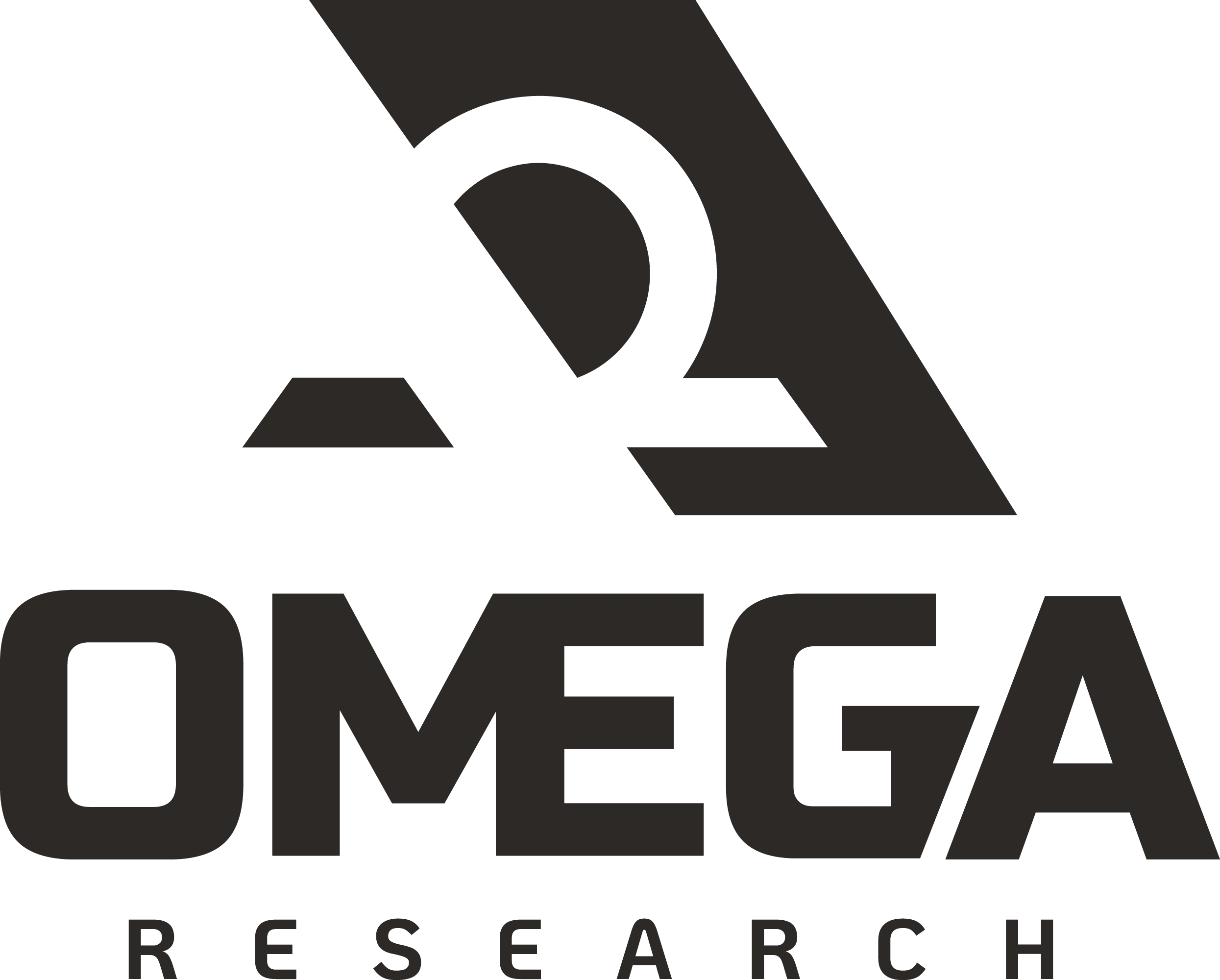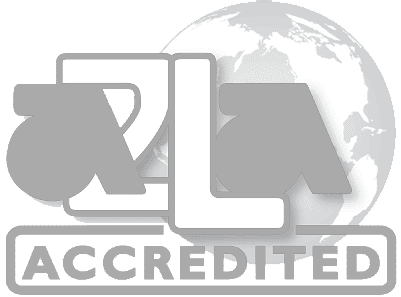Aerospace components operate in some of the most demanding corrosive environments imaginable. Aircraft routinely encounter salt-laden coastal air, extreme altitude variations, and weather conditions that accelerate corrosion processes. A component that performs perfectly in controlled conditions may fail catastrophically when exposed to these real-world stresses.
Salt spray testing provides the critical link between laboratory evaluation and field performance by determining the expected lifespan of components exposed to corrosive environments. For aerospace applications, this testing validates both the metallic resistance of base materials and the corrosive resistance of protective coatings that shield components from environmental attack.
Regulatory requirements drive much of the demand for documented corrosion resistance in aerospace applications. Standards bodies require proof that components can withstand specified exposure periods without degradation that compromises safety or performance. Salt spray testing provides this documentation by creating accelerated corrosion conditions that simulate years of real-world exposure in controlled timeframes.
The Science Behind Salt Spray Testing
Salt spray testing relies on a fundamental principle: salt represents the most readily available and consistently corrosive substance for accelerated testing. Unlike other corrosive agents that may vary in availability or composition, salt provides a standardized baseline for comparing material performance across different laboratories and testing programs.
The testing process itself creates controlled corrosion through carefully managed environmental conditions. Atomized salt solution is directed over test samples at specific angles, typically 6 or 15 degrees, for predetermined time periods. This controlled geometry ensures consistent exposure while preventing solution pooling that could create artificially severe conditions.
The controlled environment replicates accelerated real-world corrosion by maintaining precise temperature, humidity, and exposure conditions throughout the test period. This acceleration allows meaningful corrosion assessment in hours or days rather than the months or years required for natural exposure testing.
The amount of corrosion resulting from salt spray testing provides direct correlation to expected service life, but interpreting these results requires understanding what different corrosion levels actually mean. Light surface discoloration may indicate acceptable performance for extended service, while deeper pitting or coating breakthrough suggests potential failure within shorter timeframes.
How Salt Spray Integrates with Other Tests
Salt spray testing becomes significantly more valuable when combined with complementary testing methods. Omega’s capability to integrate salt spray with Electrical Resistivity (ER) testing provides a comprehensive understanding of coating performance that single tests cannot achieve.
This integrated approach helps identify potential issues that individual tests might miss. While salt spray testing reveals corrosion resistance, electrical resistivity testing evaluates whether coatings maintain their electrical properties throughout the corrosion process. Components that pass salt spray testing but fail electrical resistivity requirements may be unsuitable for applications requiring specific conductivity characteristics.
Combined testing provides insights into how protective coatings perform under realistic conditions where multiple stresses act simultaneously. Real-world environments don’t isolate corrosion from other performance requirements, so integrated testing better represents actual service conditions.
Translating Results Into Action
Salt spray testing provides valuable data, but its true value emerges when results guide practical decisions about materials, maintenance, and operational planning. Understanding what corrosion results really mean for product lifespan enables manufacturers and operators to make informed choices that optimize both performance and cost-effectiveness throughout component service lives.
At Omega Research, we bridge the gap between laboratory data and real-world application requirements. Our approach combines precise testing methodologies with comprehensive result interpretation to ensure that every test provides actionable insights for better product planning and improved operational outcomes. When you need to understand not just what your corrosion results show, but what they mean for your specific aerospace applications, Omega Research delivers the technical expertise and integrated testing capabilities that transform data into confident decisions.


